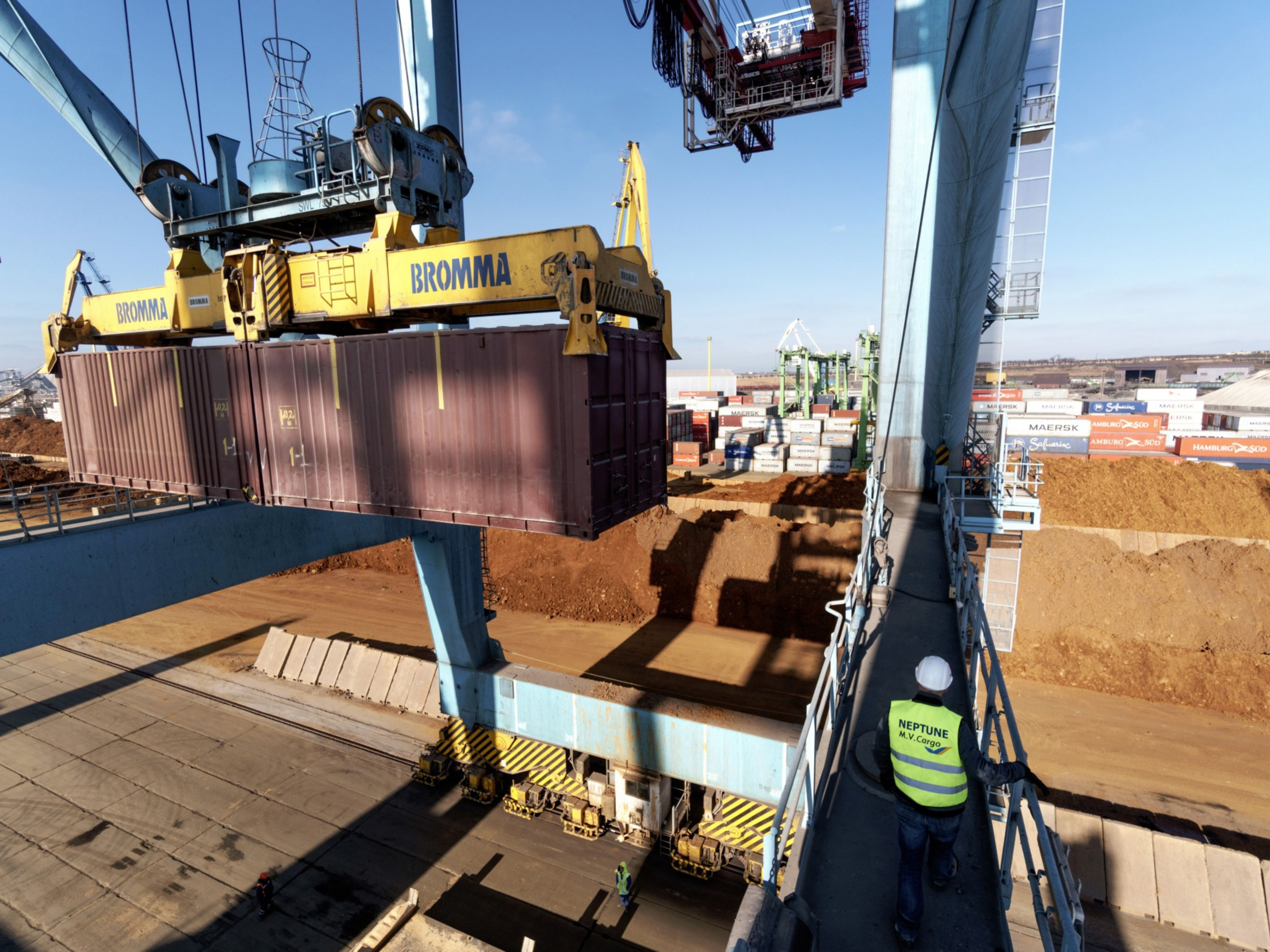
COVID-19 took the world by surprise, and has upended world economies, communities, schools, hospitals, businesses and supply chains. While the full impact of the virus is still unknown, it has had a major impact on global supply chains, from raw materials to finished products.
Because supply chains are often complex global networks and interlinked, they are particularly vulnerable to failure. This is especially true for businesses in the chemical and pharmaceutical industries that heavily rely on Chinese suppliers and manufacturers for key drug ingredients.
One of the fundamental challenges in supply-chain management has been a lack of visibility that leads to inaccurate forecasts, poor planning, delayed shipments, poor decision making, higher risks and loss of business. Even before the pandemic, companies were scrambling to gain enough visibility across their extended supply-chain networks to uncover potential risks. In fact, 21% of global supply-chain executives identified supply-chain visibility as their biggest challenge. The problem becomes critical when disastrous events such as COVID-19 cause a significant shift in demand and production levels.
Fortunately, new technology is available to help organizations measure visibility in their supply chains, so that they can respond more quickly to disruptions. Higher visibility leads to better decision making, which makes operations more efficient, and businesses more profitable.
There are two main approaches when it comes to identifying the foundational tracking attributes within a supply chain to enable full visibility. By categorizing them into hard and soft attribute-based tracking, a fuller view of an organization’s supply chain emerges. Implementing both hard and soft attribute-based tracking is key to achieving near optimal visibility and an efficient and highly profitable supply chain.
Most companies fall into the trap of only tracking traditional attributes such as location, temperature, condition, timestamp and count that can be captured using sensors.
Hard attribute-based tracking provides ground truth (real-time sensor data), with sensors gathering information from raw materials, components and finished goods in real time. Ground truth consists of a variety of real-time data that helps answer important business questions, such as:
- Is the material or product in transit kept within the desired ambient condition range (temperature, humidity, etc.)?
- Is the material or product in the warehouse in good condition or damaged?
- How long has the material or product in the receiving bay been on the dock?
- Exactly which substation in the assembly line is the order at this point in time?
There are many similar business questions that can be answered with full certainty, but only if hard attributes are tracked.
Soft-attribute tracking provides organizations with additional granularity, and helps stakeholders make decisions faster. Two different contexts apply to soft attributes: business-process context, such as purchase orders and payment terms; and environmental context, such as weather and traffic conditions.
For example, say that an organization’s components are visibly present at the supplier (as indicated by the location sensors through hard attribute tracking), but they haven’t been taken to logistics (otherwise sensors would have indicated the presence of components on the delivery truck). There will be no change of state as far as hard attribute-based tracking is concerned until the components are delivered to logistics. The system could potentially be in this state for a while, creating the impression that the components are lost. Because of this, it wouldn’t be clear whom to contact to make the system progress. This is the major drawback of pure hard attribute-based visibility.
It’s obvious that hard attributes are linked to values and consequences, but soft attributes also come into play here, as they can affect the successful shipment of a product. For example, if a payment term has changed (a soft attribute) so that a product in a warehouse hasn’t changed ownership, the balance sheets or liability risk of the potential owners could be negatively affected.
By tracking both hard and soft attributes, organizations can make more accurate predictions, plan better, make faster decisions, lower risk and increase revenue. Doing so can also eliminate blind spots in the supply chain, and the increase in value can be clearly observed.
Once organizations can track both hard and soft attributes in real time, the relevant data can be gathered and superimposed onto a digital model of all the supply-chain components, creating what’s known as a digital twin. It can be thought of as a supply chain “replica” consisting of multiple assets, warehouses, material flows and inventory information that captures data to depict the state of a supply chain in real time. This enables organizations to see data points in their environmental context, identify historical patterns, analyze root causes, and optimize processes. Armed with this level of detailed data, organizations can simulate, predict and gain valuable insights into every level of their supply chains.
The entire supply chain can be thought of as a as a complex workflow of many interlinked processes. Visibility helps in understanding the tradeoffs in various alternative decisions, leading to the optimal choice for mitigating business risks. Tracking both hard and soft attributes will lead to granular and ground truth-based visibility, which are the cornerstones of the next generation of intelligent supply chains. In an increasingly competitive data-driven world, tracking both hard and soft attributes will help organizations make the right decisions in real time, avoid disruptions, and thrive in today’s rapidly evolving business landscape.
Mahesh Veerina is president and CEO of Cloudleaf.







